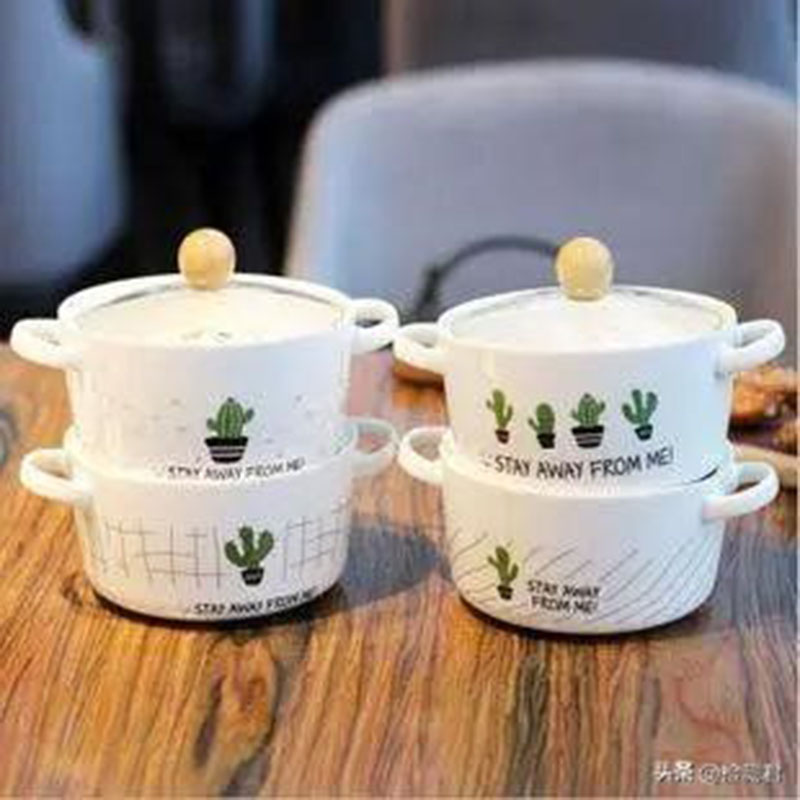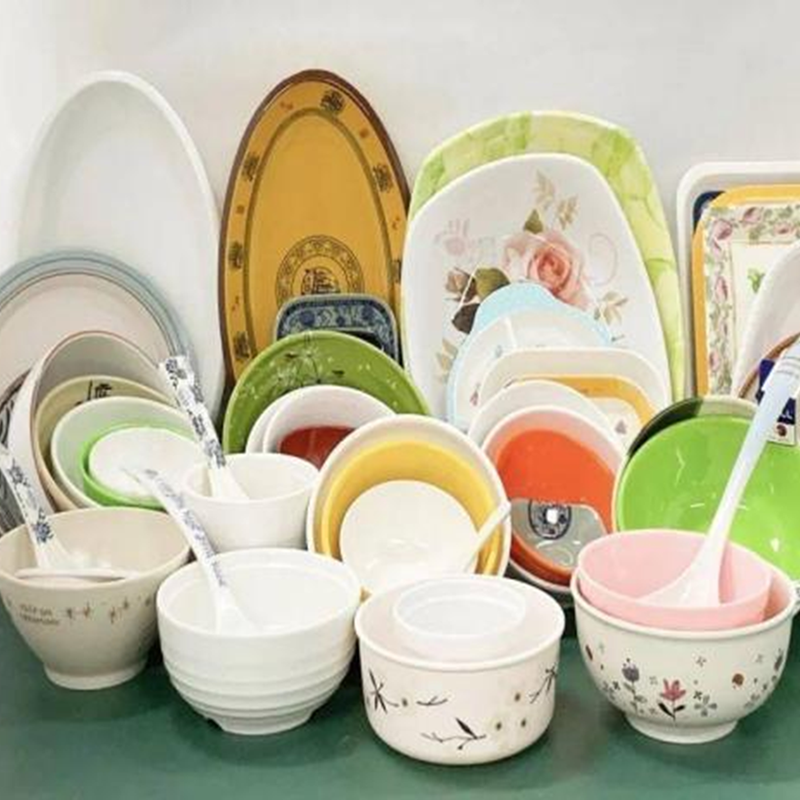

Product Overview:


Daily ceramics are widely used in daily life, such as tableware, tea sets, coffee sets, wine sets, etc. They are the ceramic products that people come into contact with the most and are most familiar with. In order to improve the "appearance value" of daily ceramic products, the surface of the products is often decorated with ceramic flower paper and fired at high temperature. It can be divided into overglaze color, underglaze color, and underglaze color products. Due to the fact that most decorative flower paper contains heavy metals, there is a risk of heavy metal dissolution during contact with food.
Quality and safety risks


harm
In the manufacturing process of ceramic tableware, heavy metals such as lead and cadmium may exist in the glaze and decorative patterns. If used to contain food, especially acidic food, it can cause lead and cadmium to dissolve into the food and enter the human body. Lead and cadmium are heavy metal elements that easily enter the bloodstream and are not easily excreted from the body. Long term consumption of food containing lead and cadmium can have an impact on the human immune system, leading to the occurrence of various diseases. The main symptoms of cadmium poisoning are arteriosclerosis, renal atrophy, nephritis, etc. In addition, cadmium has been found to have carcinogenic and teratogenic effects. Cadmium can also cause hypertension and cause cardiovascular and cerebrovascular diseases; Damage to bones, liver and kidneys, and can cause renal failure. Lead is a highly toxic form of heavy metal pollution, which can lead to chronic poisoning after being absorbed by the human body. Children who are exposed to lead for a long time are prone to slow reactions and visual impairment. Lead entering the human body can directly harm brain cells, especially the nervous system of fetuses, which can cause congenital intellectual disability in fetuses. In addition, there is a risk of cancer and mutation.
Standard requirements
Considering that excessive heavy metals can cause harm to the human body, Chinese standards GB 4806.4-2016 "National Food Safety Standard Ceramic Products", FDA/ORACPG 7117.06 "Cadmium Pollution of Imported and Domestic Household Ceramics (Porcelain)", and FDA/ORACPG 7117.07 "Lead Pollution of Imported and Domestic Household Ceramics (Porcelain)" The EU Directive 84/500/EEC "Council Directive on the Compliance and Performance Standards for Analysis Methods of Ceramic Products in Contact with Food" and the 2005/31/EC "Council Directive 84/500/EEC on the Revision of the Compliance and Performance Standards for Analysis Methods of Ceramic Products in Contact with Food" stipulate the dissolution limits for lead and cadmium. The California Prop.65-2002 California Drinking Water Safety and Toxic Substances Enforcement Act further imposes restrictions on the release of lead and cadmium, including specific requirements for the interior, mouth, and body of the product; The German LFGB 30&31 "Food, Tobacco Products, Cosmetics, and Other Daily Necessities Management Law" has added restrictions on cobalt dissolution on the basis of lead and cadmium dissolution.

Purchase and usage tips


NOTICE
01 Carefully check the appearance of the tableware for any damage, bubbles, spots, etc.
02 Try to choose products with no color decoration on the inner and outer lips, especially ceramic tableware with interior decoration, which poses significant quality and safety risks.
03 Try to purchase related products from legitimate stores and avoid purchasing products with "colorful" floral decorations on e-commerce platforms.
04 Avoid long-term use of ceramic tableware with decorative interior to store acidic food and beverages. The longer the storage time, the higher the temperature of the food, and the easier it is to dissolve heavy metals. Excessive dissolution of lead and cadmium can cause toxic side effects and endanger physical health.
Post time: May-05-2023





